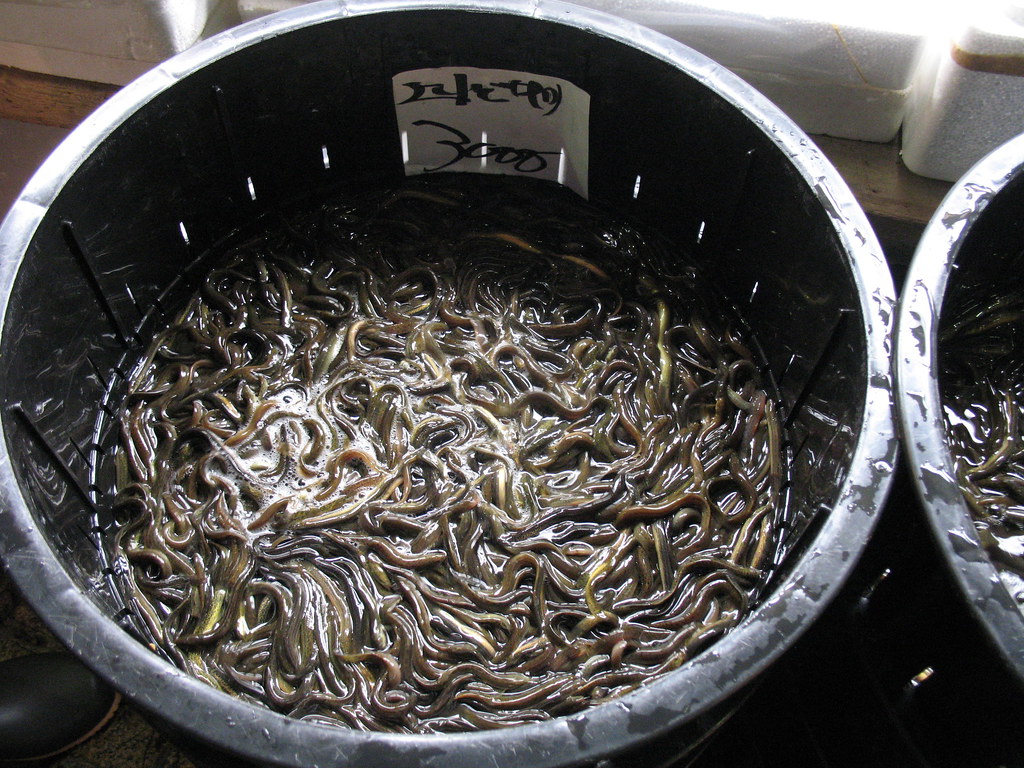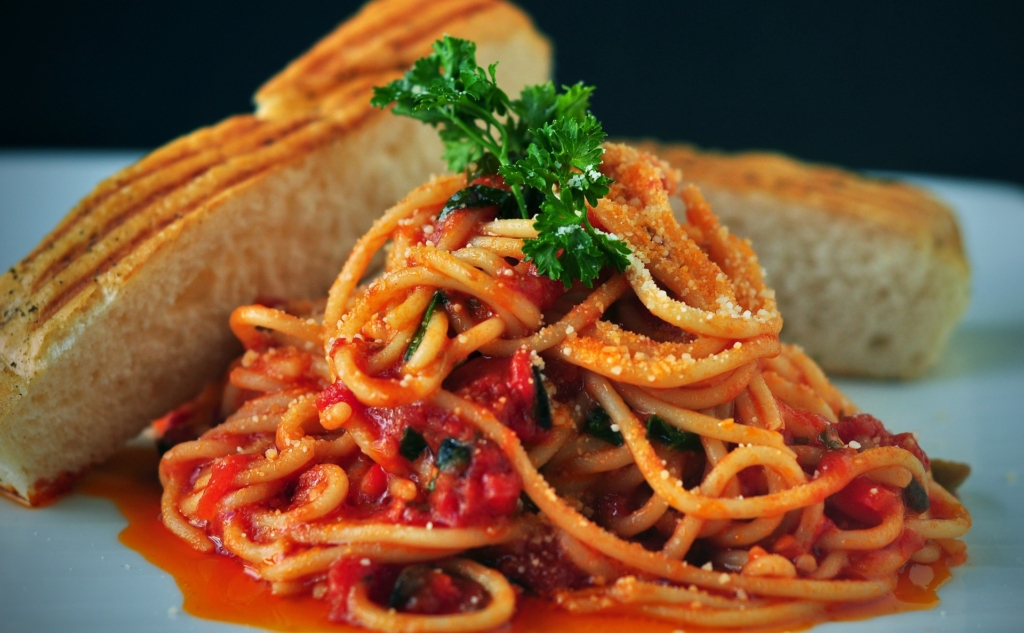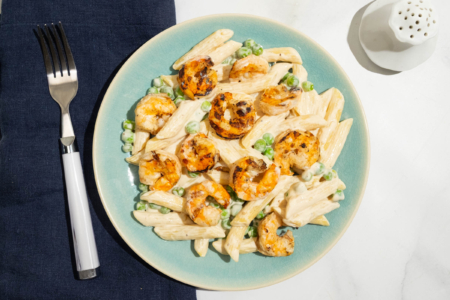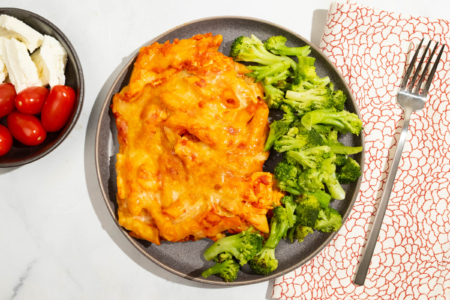Also known as glass eels, elvers are young Atlantic eels that are harvested when they are still small and transparent. So what makes these tiny eels so expensive? Read on to learn more about the history of elvers, how they taste, and how to prepare them.
History of Elvers
Though elvers are one of the most expensive food items you can buy today, they weren’t always a luxury. Originally, they were primarily eaten in Spain for special occasions or exported to Asia, where they would be grown into full eels for cooking. However, since the 2010s, the price of elvers has risen dramatically, from selling for $185 per pound in 2011 to now fetching as high as $2300 or more per pound.
This rapid price increase was caused by a combination of scarcity, increased fishing restrictions, and high demand. External factors such as dams and global warming have made it harder for the Atlantic eels to reproduce while their expensive price tag has made elvers highly sought after among gourmands and high-end restaurants. Today, there is even a black market for the elusive eel delicacy and a lottery held in Maine for elver fishing licenses.

Taste and Texture of Elvers
Elvers have a very delicate fishy flavor similar to whitebait. The flavor of elvers is so mild that some say they taste of nothing at all. When cooked, elvers are soft and slippery with a slight crunch.
Cooking with Elvers
In Spain, the most popular way to cook elvers is a la bilbaína– fried in olive oil with garlic and chili peppers until opaque then served over crusty bread. You can also cook them with scrambled eggs, a style enjoyed in both Spanish and English cuisine. Because elvers are so small and delicate, it should only take a few minutes to fully cook them.
Elvers Substitutes

Due to their high price tag, elvers are often substituted in Spanish recipes. Gulas is a popular imitation of elvers, made from fish paste, that’s extremely popular in Spain. A “poor man’s” version of a la bilbaína also uses spaghetti to replicate the experience of eating elvers.
Feature Image: Flickr user Keith Williamson ( CC BY 2.0 )



